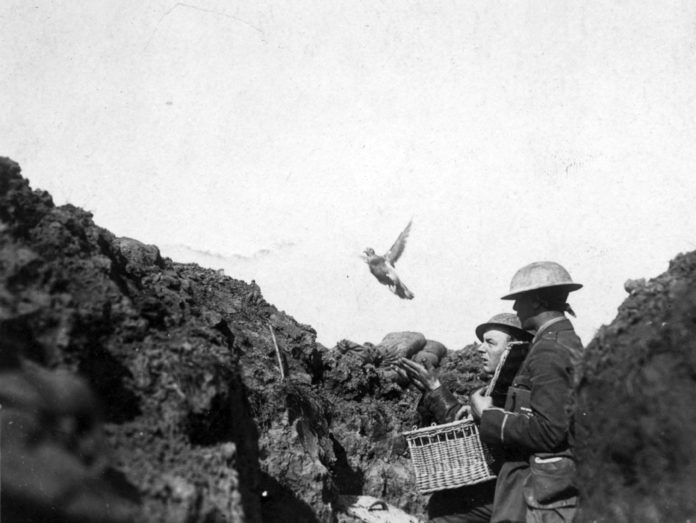As we near the end of Canada 150, it seems a good time to look back in this special Remembrance Day issue at the year Canada marked its 50th birthday, one hundred years ago. In November, 1917, Canada was at war, and had been for more than three long and tragic years. The First World War involved Canada in a conflict the likes of which had never been seen before. The new technologies of industrialised nations were brought to bear on the battlefield, and machine guns, poison gas, tanks and barbed wire took a heavy toll on all the warring nations.
In 1916, more than 24,000 Canadians had been killed on the Somme, and 1917 brought no relief from the mud and blood and death. If anything, Vimy Ridge, Hill 70, Lens, and Passchendaele brought the war more immediately into the daily lives of the people in this region.
But there was so much more in 1917 that made it such a time of death and division, even within Canada. After fifty years, the nation was almost torn apart by the Conscription Crisis which dominated the second half of the year and pitted Ontario against the West, and, most especially, against Quebec. As the article on the Crisis in this issue shows, Canada barely survived its anniversary year, and if the war had not ended in1918, the strains on our national unity might have proved too great to survive. It really was that serious.
It was not just to Canada that the year brought traumatic and far-reaching changes. In 1917, the United States entered the war, and the Russian Empire departed it. The Bolshevik Revolution had brought an end to the ruling Czars and the new regime made its own peace with the Kaiser’s Germany, leaving the latter free to transfer its divisions to the Western Front. There were mutinies in the French army and the German navy.
In this, Canada’s 150th year, we can look back in relative peace and gain some perspective on the past. Have we learned from it? Do we fully appreciate the country we have today, in spite of those days of bloodshed and the loss of more than 60,000 Canadians between 1914 and 1918? The War to End War only led to a Second World War, an even more bloody conflict that helped to make the Twentieth Century one of the most savage in historic records.
This year, we should remember the bravery and the deeds of those who lived through those awful days of 1917, and promise to do everything we can to never repeat the horror and the destruction that all wars bring to all sides. That is why we remember them on November 11 each year: so that we are not among those who, by forgetting their history, are doomed to repeat it.






